Carnivorous Sarracenia Terracotta pot 16cm
£24.00
Out of stock
Carnivorous plants definitely fall into the category of weird, wonderful and downright fascinating. Mesmerising houseplant owners of all ages with their striking appearances and fascinating adaptations to capture and feed on insects and small creatures. It is no wonder they have held their popularity for decades.
Sarracenia, commonly known as a Trumpet Pitcher plant is a natural fungus gnat killer! If you have an issue with this pest this plant is for you. This easy-to-care plant has beautiful purpure/red pitchers!
Every plant comes with beautifully illustrated care guides.
The best place to start with carnivorous plants is by understanding their natural habitat and how their environment has led them to form such unique adaptations. Carnivorous plants have been on the planet for a long time, around forty million years and have been found on almost every continent and tropical island with Antarctica being the only exception.
Carnivorous plants are typically found in areas that are high in natural light and moisture, as well as water-logged areas like swamps where the nutrients in the soil are virtually non-existent. Many of their strange adaptations have been formed from this lack of nutrients.
All plants need basic nutrients to survive and without them, they don’t stand much of a chance.
Nitrogen and phosphorus are two of the most important nutrients plants need, nitrogen is the main component in chlorophyll which plants use for photosynthesis. The other is phosphorus, which is needed to make this process possible. Plants use phosphorus to take in, store and convert the sun’s rays. Without it, they would be unable to use the sun’s energy to create the biomolecules (proteins, amino acids, DNA) they need to grow and reproduce.
Carnivorous plants have adapted over millions of years to get these essential nutrients from their environment. Unable to get these nutrients from the soil they have formed traps to capture insects and small creatures that are rich in the nutrients they lack.
There are approximately 600 different species that fall into the Carnivorous plant category. These different species have found ways of attracting, trapping, killing, and absorbing their prey purely to extract the nutrients they need for survival.
Most carnivorous plants will use bright colours, distinctive smells, and sticky surfaces to attract insects but there are some key mechanisms that make up the variations of carnivorous plants and most species can be spread across these different hunting strategies
- Snap traps use rapid leaf movement to snap shut and capture their prey.
- Bladder traps suck in their prey with a small internal vacuum.
- Pitfall traps entice prey into a small rolled-up leaf with digestive enzymes.
- Flypaper traps utilize sticky mucus to trap their prey.
- Eel traps use inward-facing hairs to force their prey towards the digestive organ.
Click here to check our care instructions to find out how to look after your carnivorous plant.
Would you like to learn about carnivorous plants? Check our article here.
Pet Friendly
- How often should I water my Sarracenia?
- Keep the soil moist at all times during the growing season, without letting the plant sit in waterlogged conditions. Reduce watering in the winter to prevent rot.
- Is the Sarracenia suitable for beginners?
- Yes, this plant is considered beginner-friendly due to its easy care requirements and robust nature, making it a great choice for those new to carnivorous plants.
- Can I keep this plant in a terrarium environment?
- Yes, Sarracenia can thrive in a terrarium setting as long as it has ample light and moisture, which mimic its natural swampy habitat. Ensure it has enough room as it grows.
☀️ Light
☀️☀️☀️ (High)
Your Sarracenia thrives in plenty of light. Place it in a spot where it can bask in direct sunlight for several hours a day, mimicking its natural, bright habitat.
💧 Water
💧💧💧 (High)
Keep the soil consistently moist. During the growing season, standing the pot in a shallow dish of water can help maintain the necessary moisture levels. Use rainwater or distilled water to avoid mineral build-up.
🌡️ Temperature
🌡️🌡️▫️ (Average)
Sarracenia prefers cooler temperatures, typical of a temperate climate. It thrives in temperatures between 10°C and 25°C, making it ideal for a typical UK home environment.
💦 Humidity
💦💦▫️ (Moderate)
This plant likes moderate humidity, which helps in keeping the soil moist and supports its trapping mechanism. A kitchen or bathroom can be a good spot due to the naturally higher humidity in these areas.
🪴 Repotting
Sarracenia generally needs repotting every 2-3 years. Use a mix specifically designed for carnivorous plants, which is usually sphagnum moss-based, to ensure proper drainage and acidity.
🐾 Pet Friendliness
This plant is pet-friendly! No need to worry about your furry friends around this non-toxic plant.
✅🪴 Recommended Locations at Home
Consider placing your Sarracenia near south-facing windows, conservatories, or greenhouses where it can receive ample light. Avoid areas with drafts or sudden temperature changes.
✨ Other Plant Features
Besides being a fascinating and unusual addition to your home, Sarracenia is a natural pest reducer, particularly effective against fungus gnats. Its beautiful purpure/red pitchers add a splash of color and intrigue to any space.
Remember, if you have any more questions about caring for your plant, feel free to ask Mossbot for assistance or contact us via our website. Don’t forget, we also offer a free plant hospital service if your plant needs extra care!
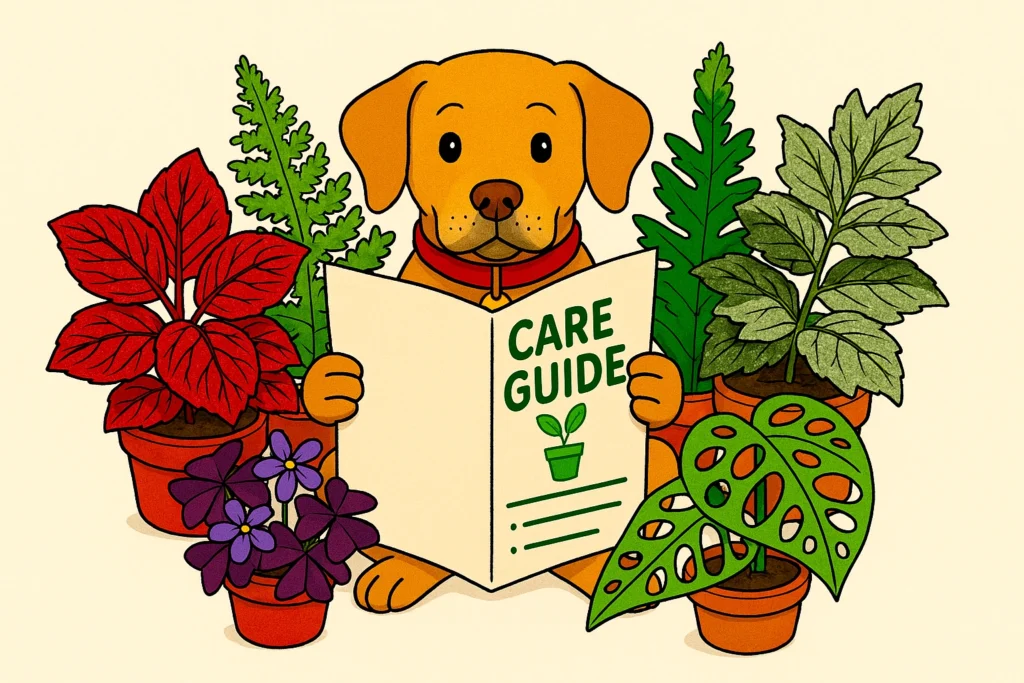
Free Care Guide With Every Purchase
Scan the plant pot QR for instant access to our care guide for your plant. No hassle, no stress, just healthy and happy plants.
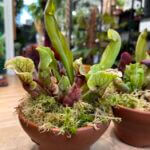 Carnivorous Sarracenia Terracotta pot 16cm
Carnivorous Sarracenia Terracotta pot 16cm


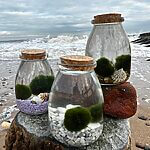
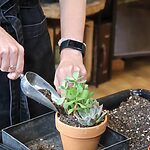
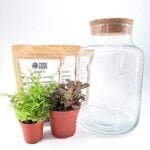
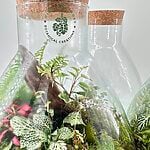
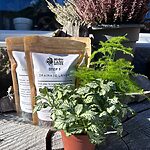
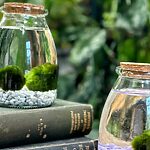
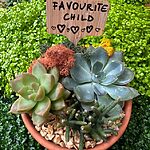
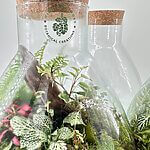


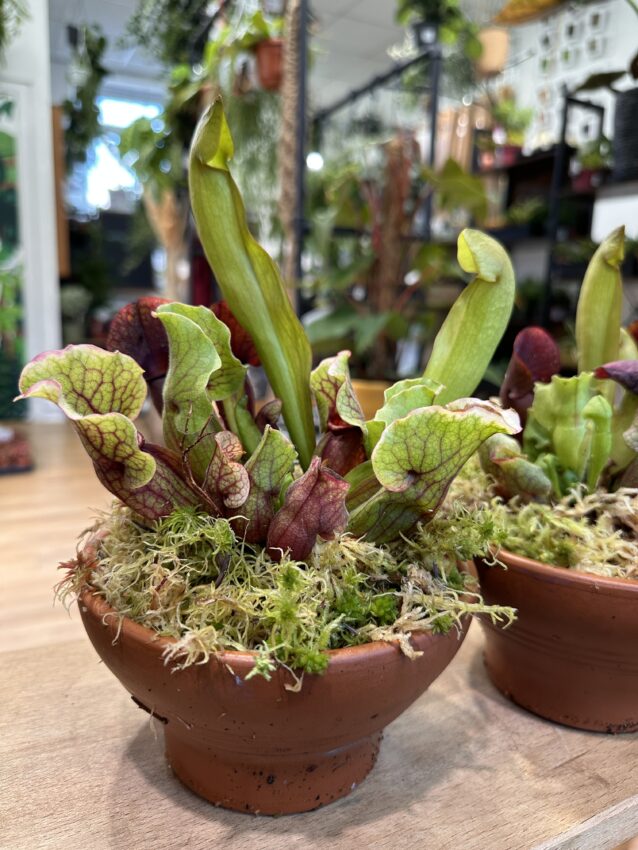
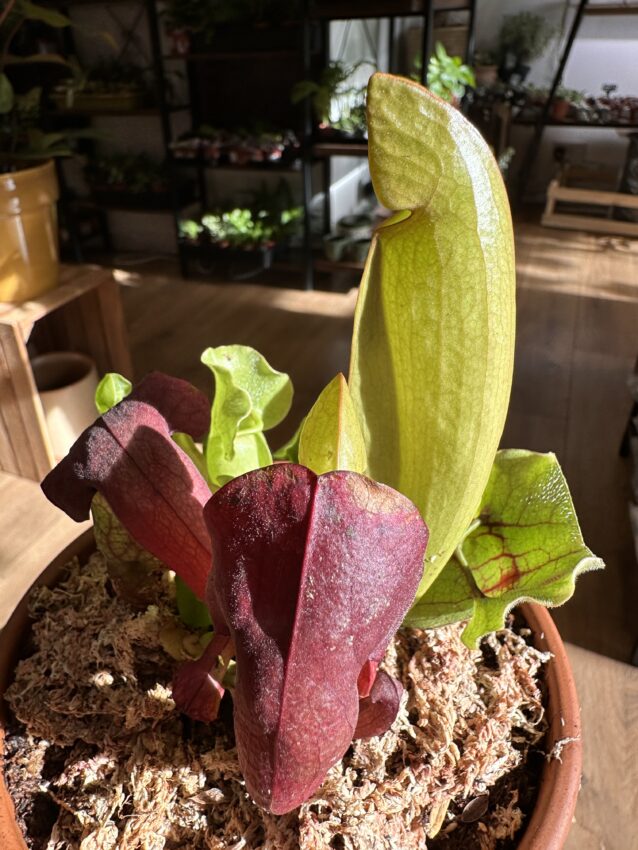
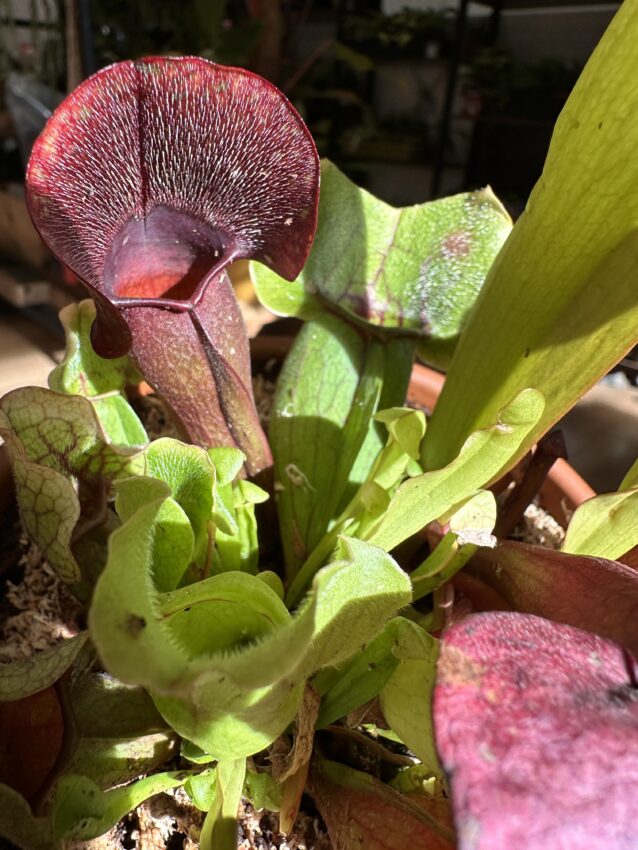
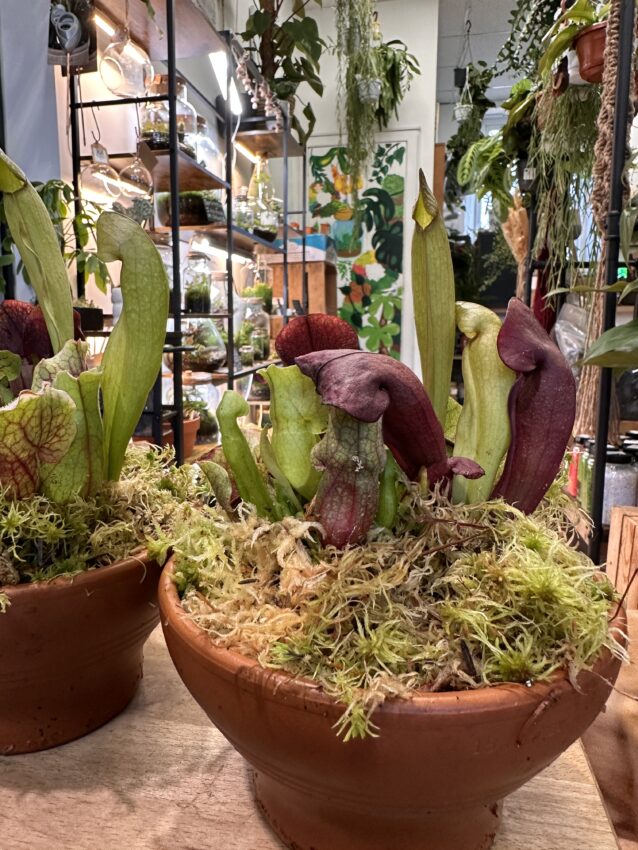
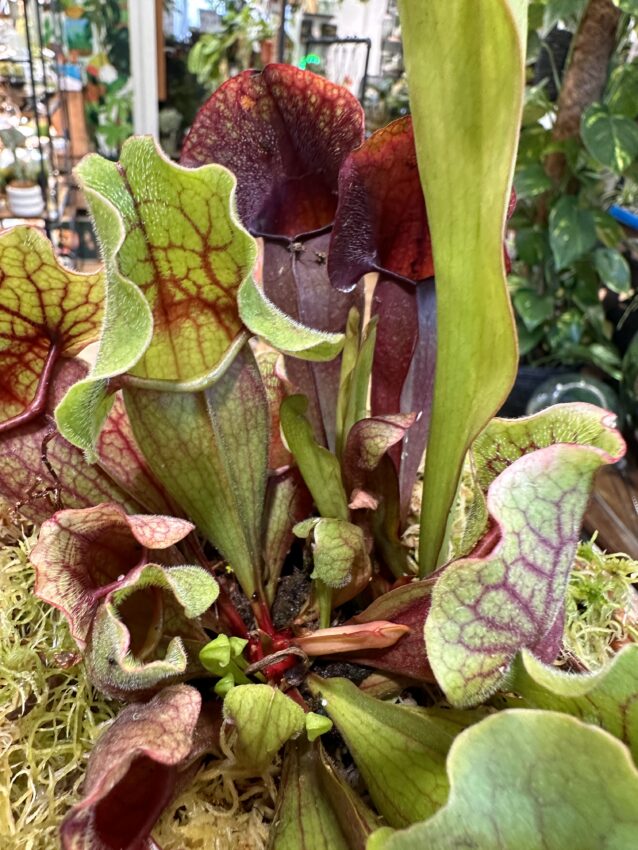
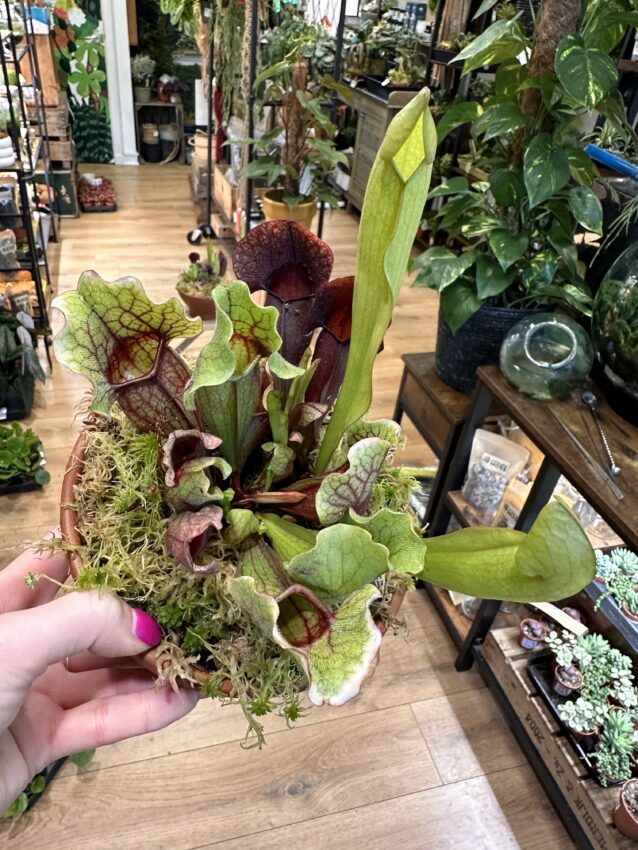
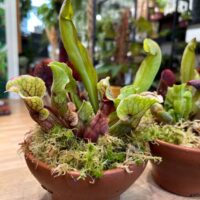
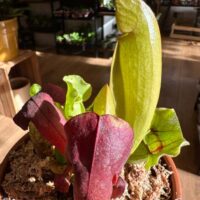
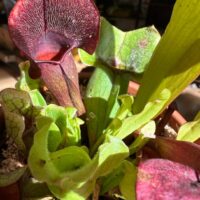
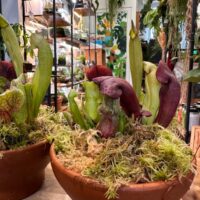
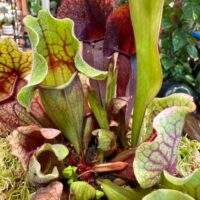
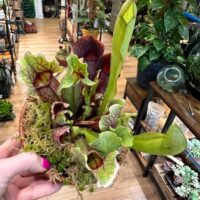
1 review for Carnivorous Sarracenia Terracotta pot 16cm